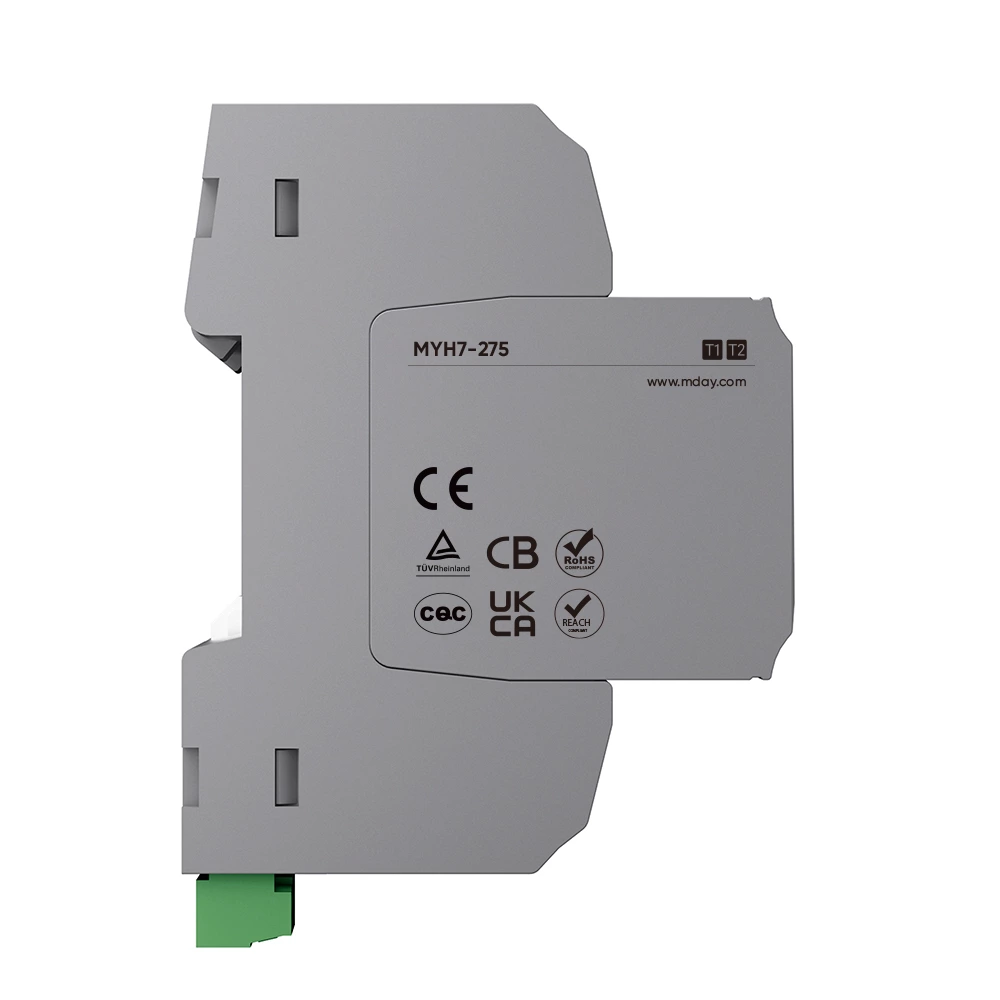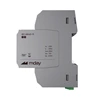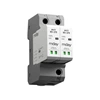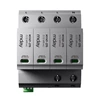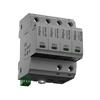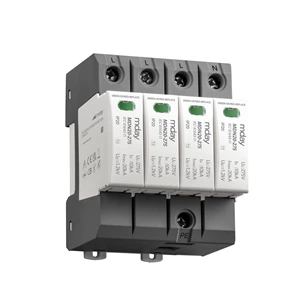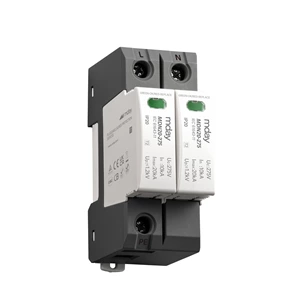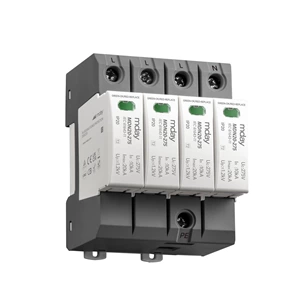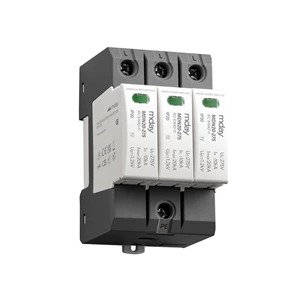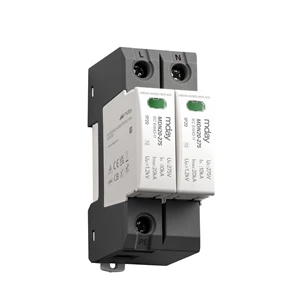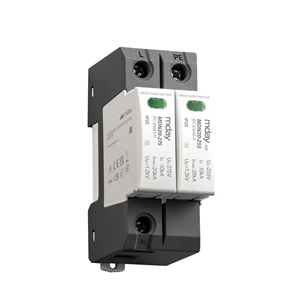How To Choose The Uc Value Of A Surge Protector? Is The Higher The Better?
The Uc of the surge protector is called the maximum continuous operating voltage. It shows the ability of the SPD to operate safely for a long time under the power frequency voltage. It is related to the service life and protection performance of the surge protector. It is crucial to choose the appropriate Uc value! How to choose the Uc value of the surge protector? Is it really the higher the better?
1. Consequences of too high Uc value of the surge protector
If the Uc value is too high, the surge protective device will not work when the voltage rises to a level where the electrical equipment may be damaged but is still lower than the Uc value. For example, if the maximum voltage that the equipment can withstand is 800V, and the Uc value of the protector is set to 1000V, then when the voltage surges to any value between 800V and 1000V, the protector will not work, which may cause damage to the equipment.
2. Consequences of too low Uc value of the surge protector
On the other hand, if the Uc value is too low, the surge protection device may be overly sensitive and frequently triggered, even under normal grid fluctuation conditions, which will lead to accelerated aging process of the surge protector, greatly reducing its service life or even damaging it.
3. How to choose the appropriate Uc value of the surge protector
(1) In general, the Uc value should be higher than the rated voltage of the power system, because the grid voltage may fluctuate slightly during normal operation. If the Uc value is set too close to the nominal voltage of the power supply, the surge protector may frequently malfunction.
(2) The following table is the Uc value selection requirements in the national standard document GB 50057-2010. The maximum continuous operation of the surge protector should be greater than the minimum value specified in Table J.1.1.
(3) The preferred values of Uc in the national standard document GB 18802.1-2011 are: 42, 52, 63, 75, 95, 110, 130, 150, 175, 220, 230, 240, 255, 260, 275, 280, 320, 335, 350, 385, 420, 440, 460, 510, 530, 600, 635, 660, 690, 800, 900, 1000, 1500, 2000.
(4) Uc value calculation method: According to the national standard surge protector Uc minimum value selection requirements, if the rated voltage of the distribution system is 220/380, then the minimum Uc value of the surge protector in the power supply system is 1.15X220V=253V. The actual selected Uc value should be higher than the calculated minimum value. According to the national standard Uc value preferred value, a voltage higher than 253V is selected as the actual selected Uc value. The above preferred value can select a Uc value of 260V; taking 380V (IT system without neutral line) as an example, its minimum Uc value is the phase-to-phase voltage of 380V, so the actual Uc value can be selected as 385V according to the above preferred value.
4. Precautions for selecting the Uc value of SPD
When selecting the Uc value, in addition to considering the characteristics of the power supply system and electrical equipment, it is also necessary to consider the transient overvoltage conditions that may occur in the power system. These overvoltages may come from within the power system, such as equipment switch operation, power failure, etc., or from the outside, such as lightning strikes. These factors may cause overvoltage to the power system, so when selecting the Uc value, these factors should also be taken into account. If there are special factors such as operating overvoltage in the power environment or the equipment is located in a strong thunderstorm area, a higher surge protector UC value can be selected.
In general, choosing a suitable Uc value is a task that requires a deep understanding of the characteristics of the power system and equipment, as well as the voltage risks that may be faced. Choosing a surge protector with a suitable Uc value will directly affect whether the SPD can provide effective protection when the power system encounters overvoltage risks.
